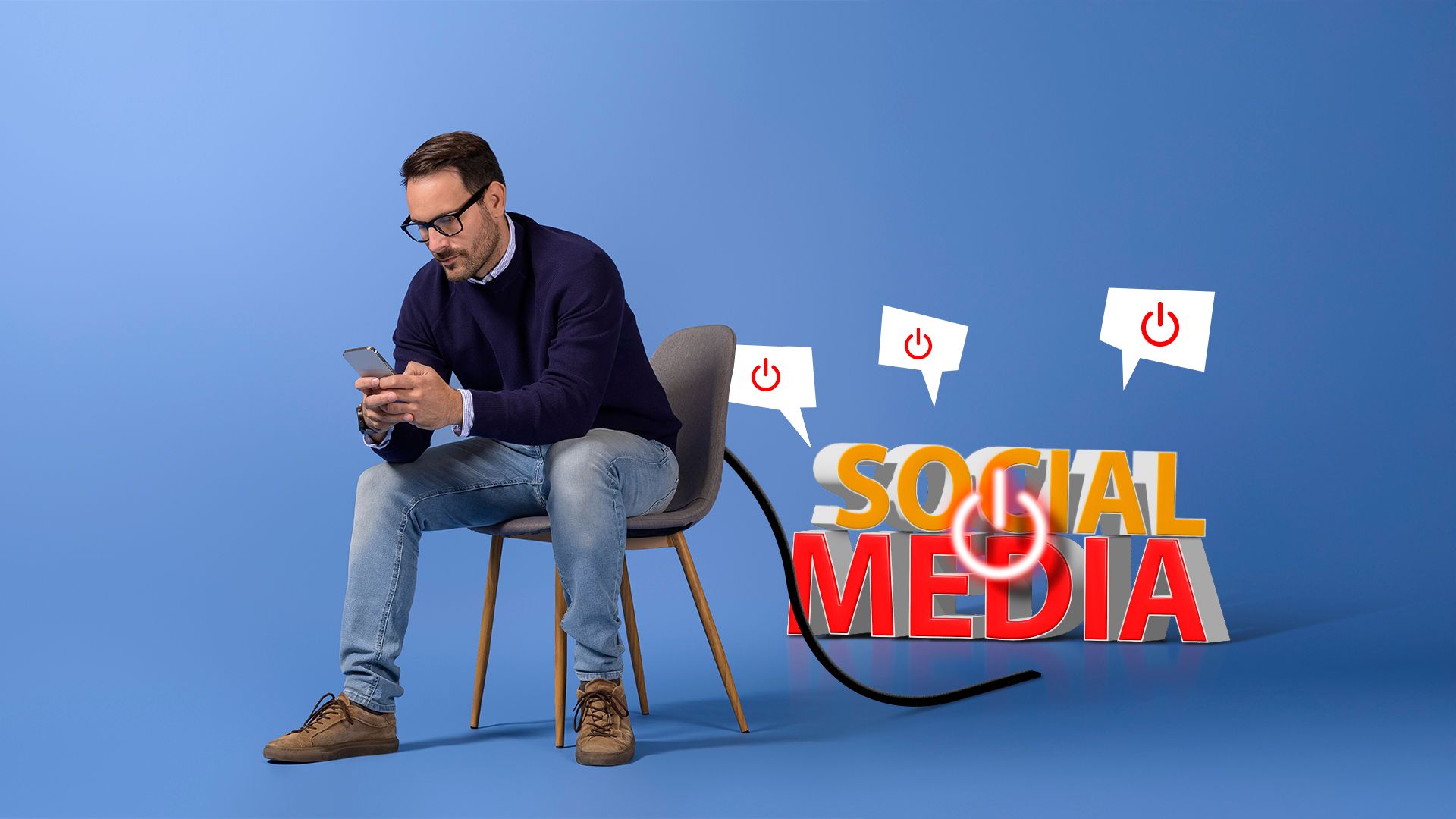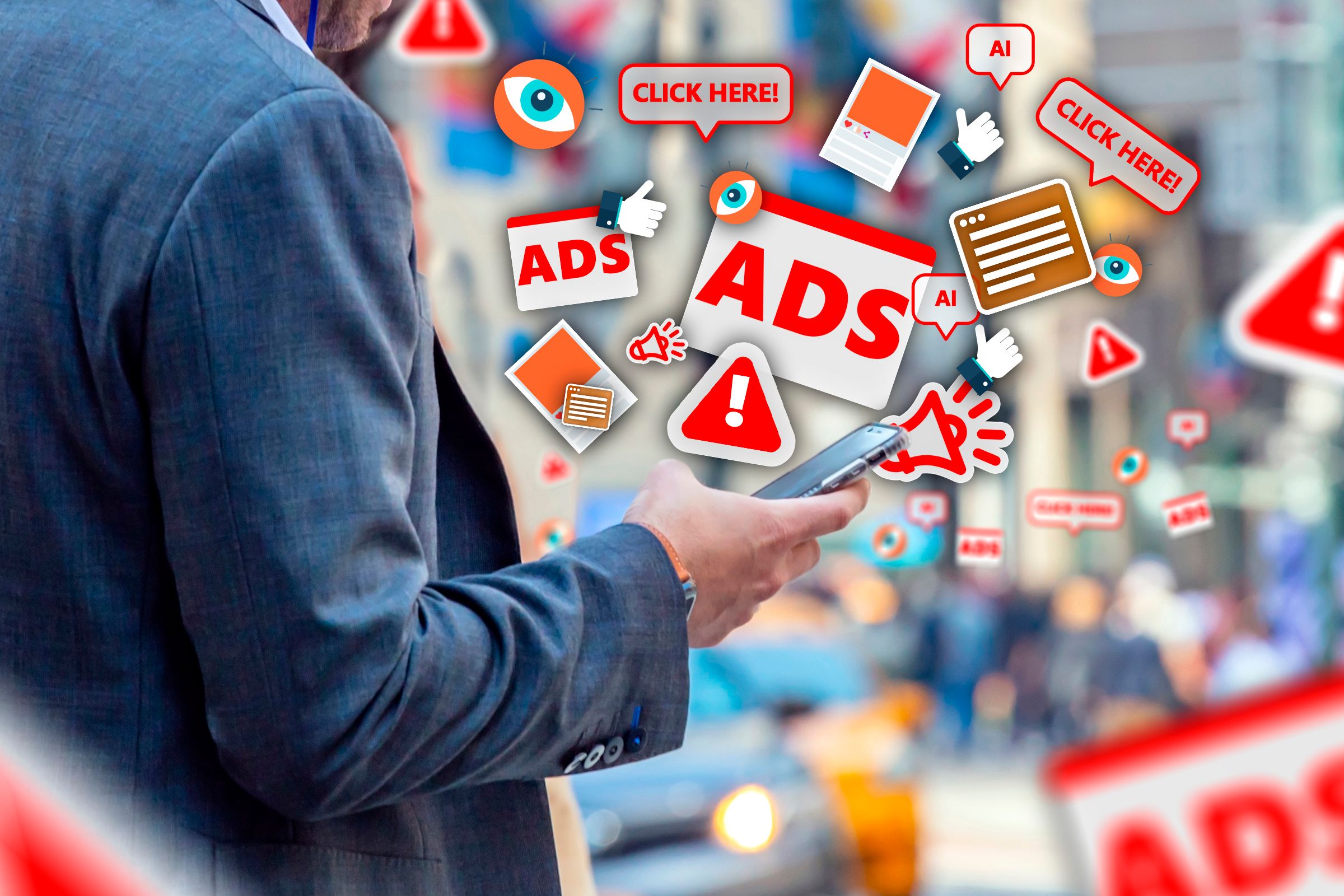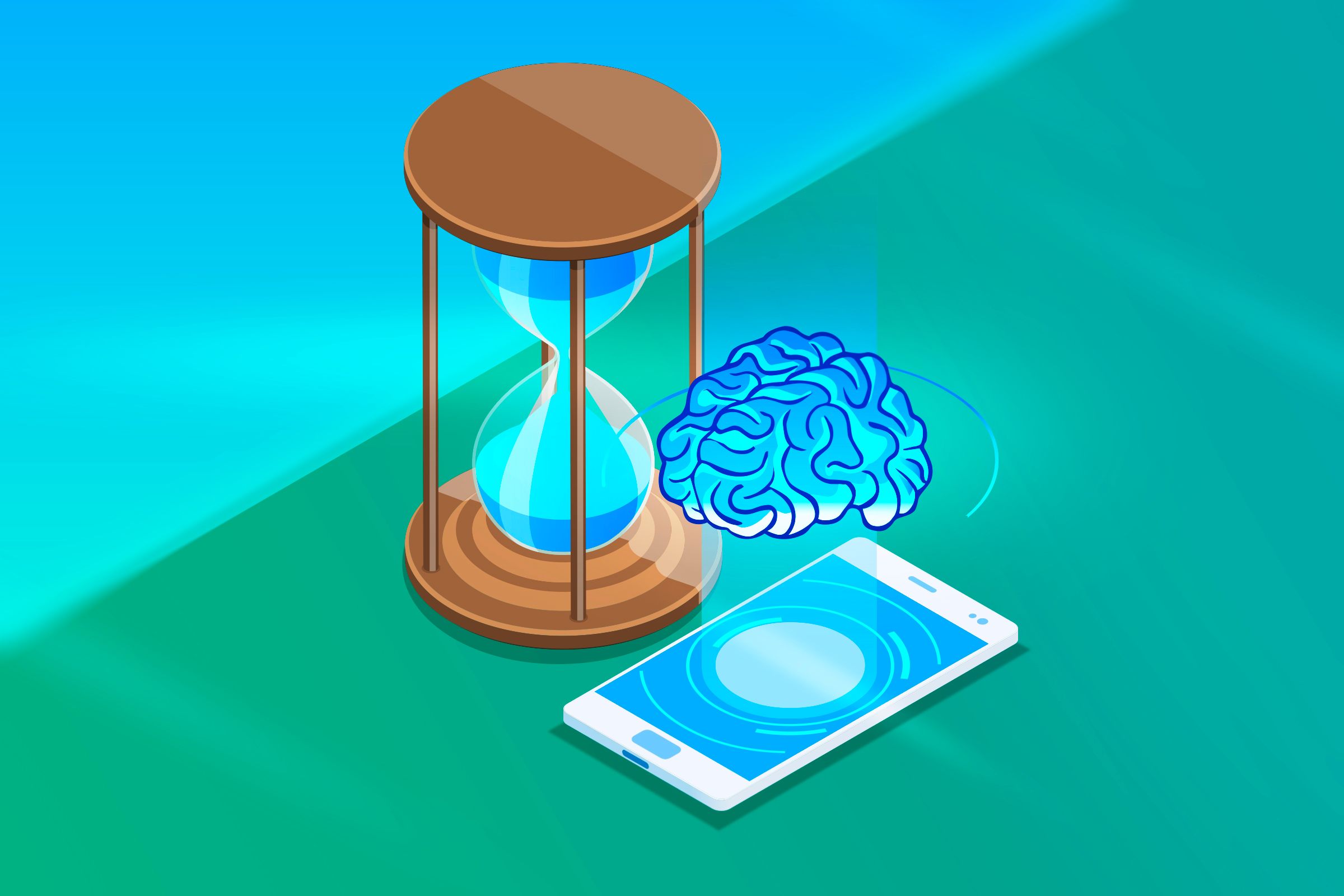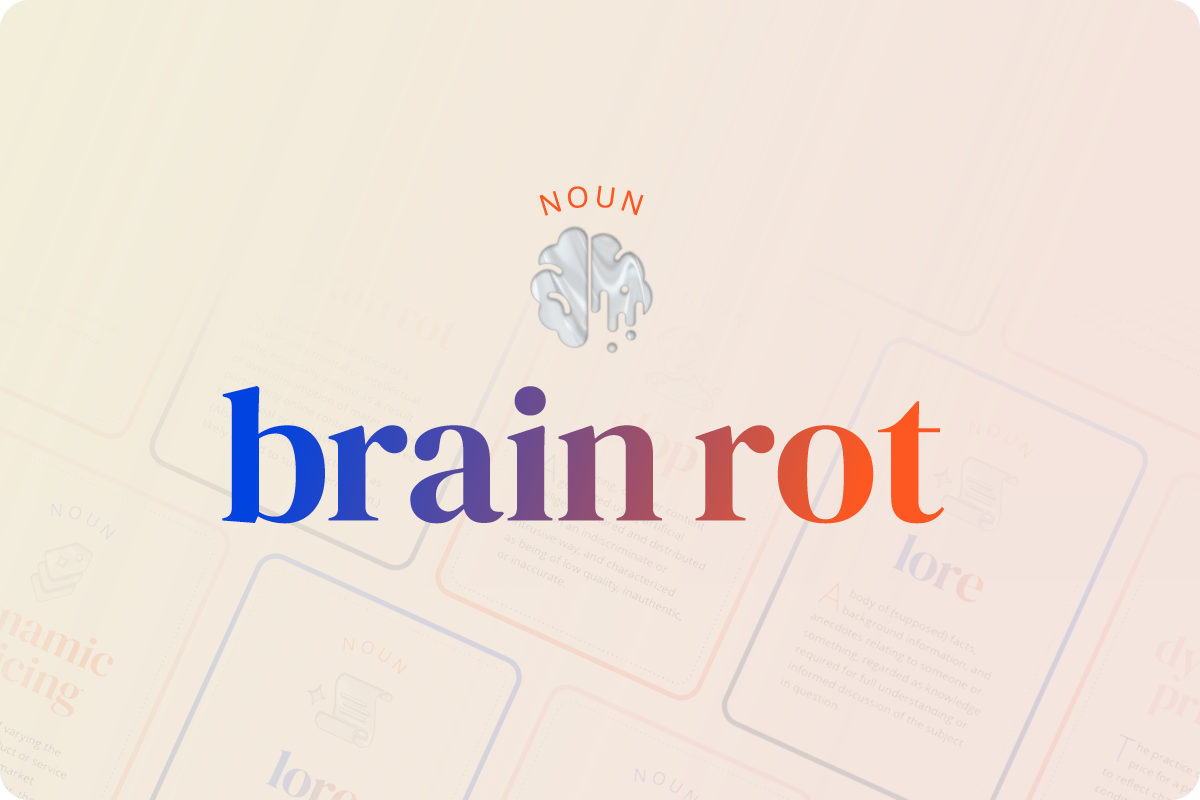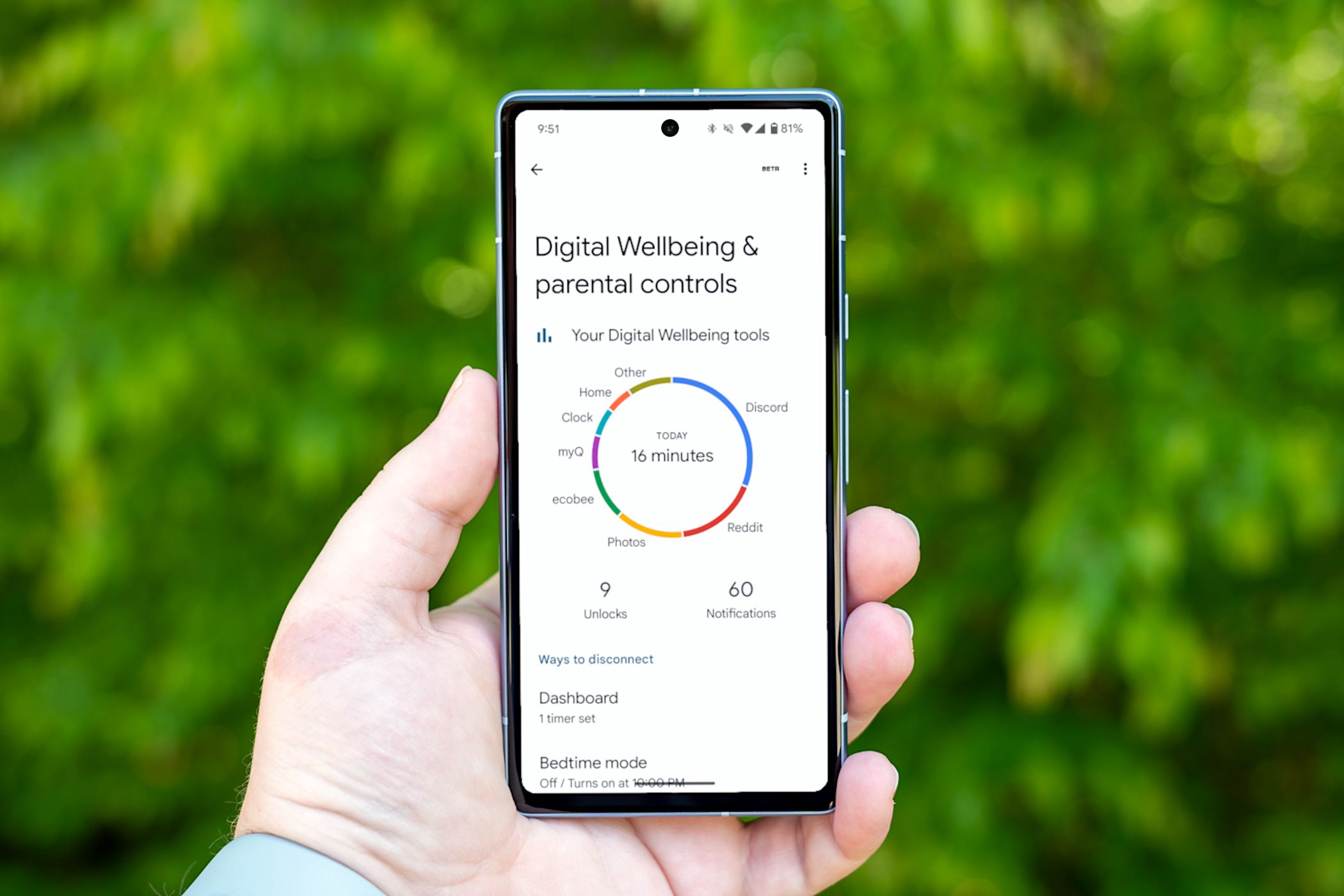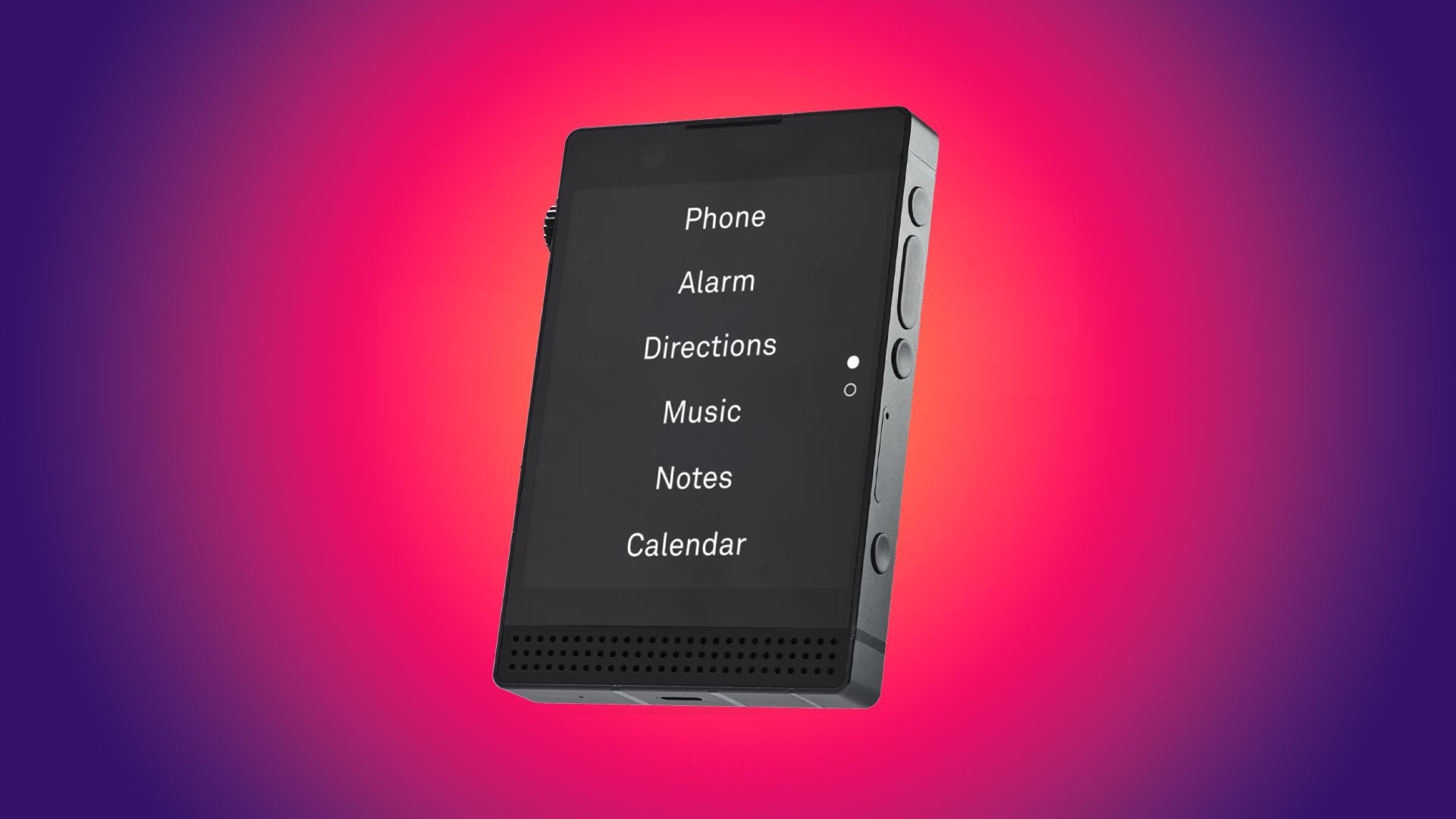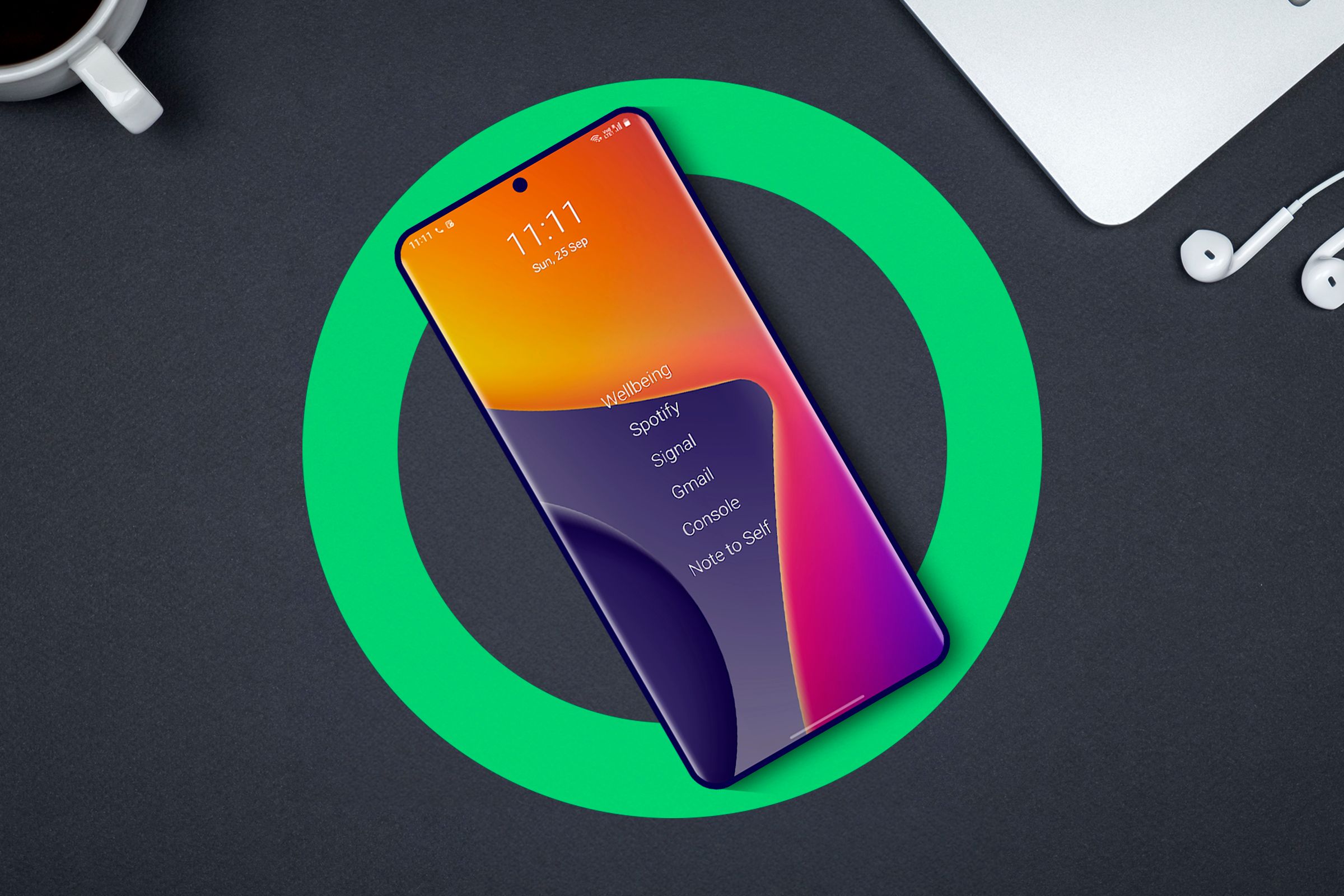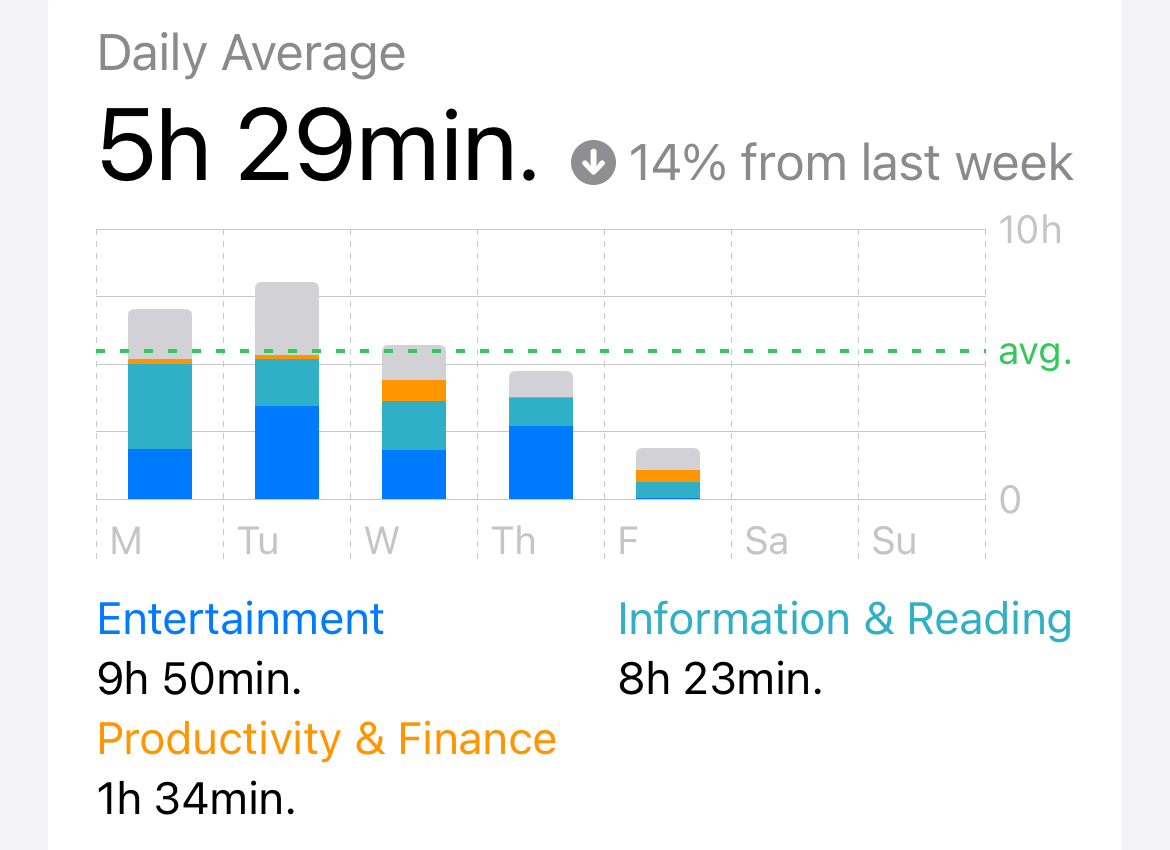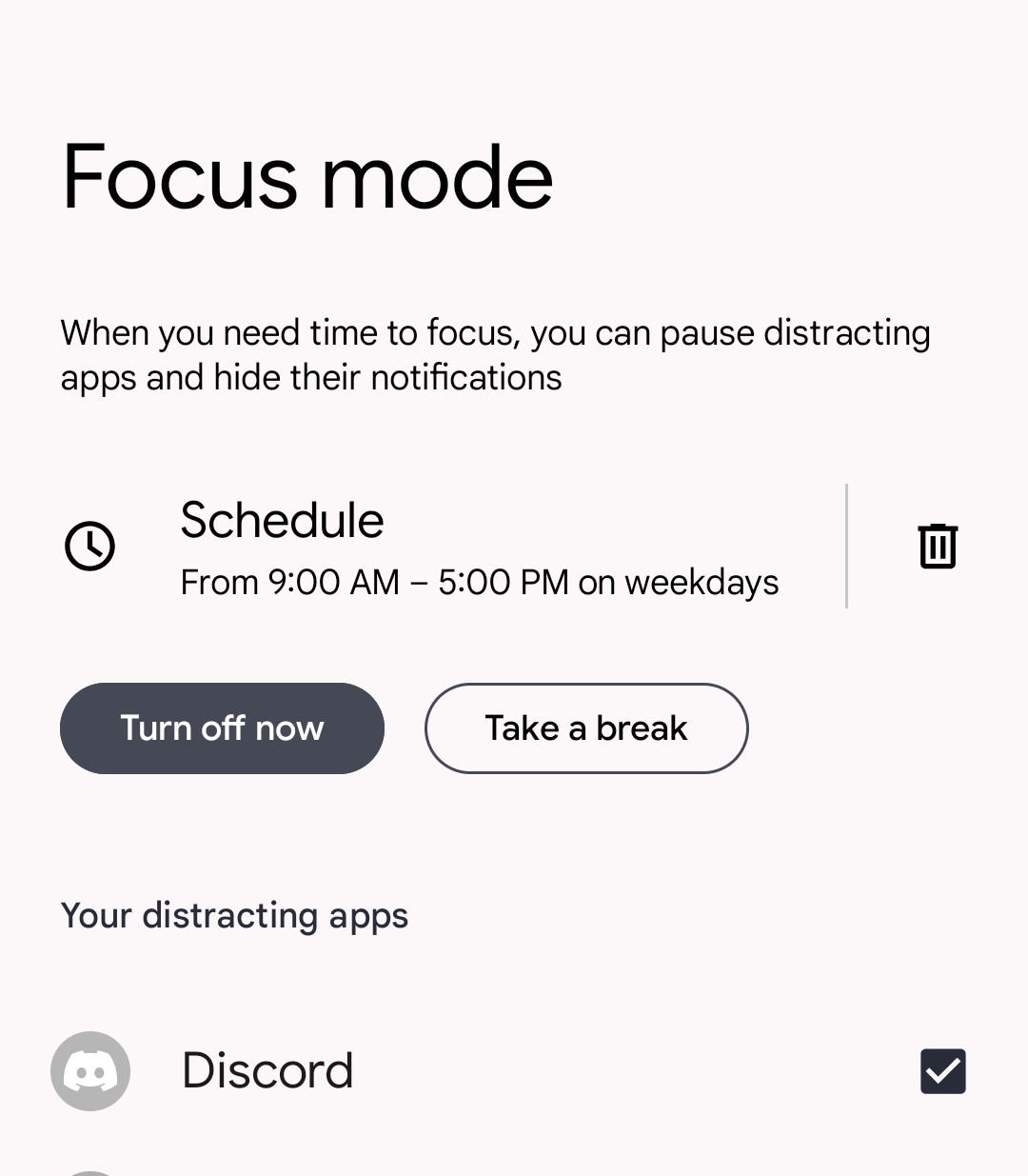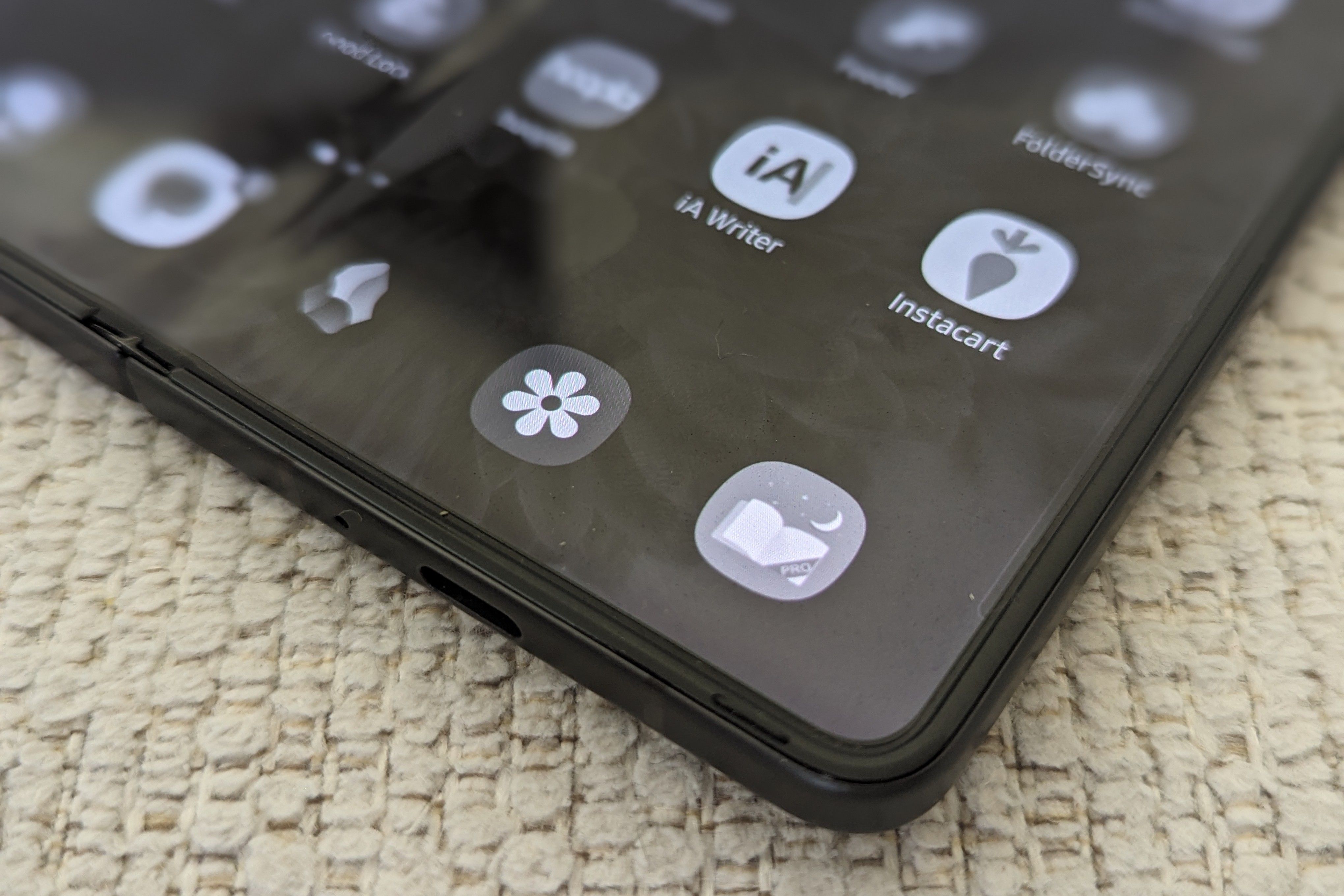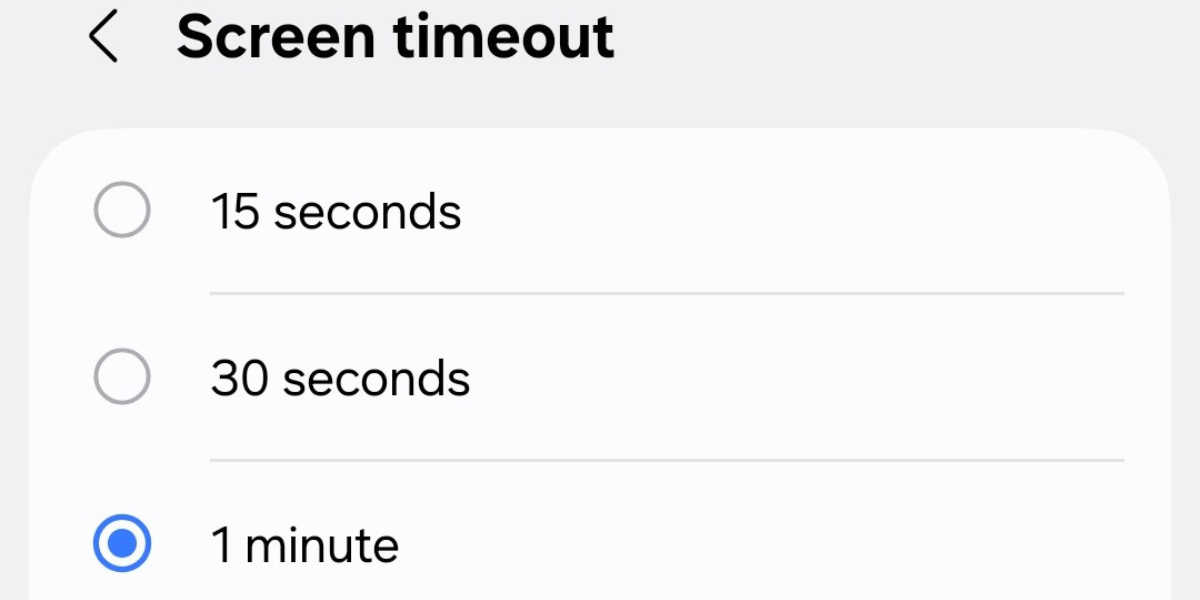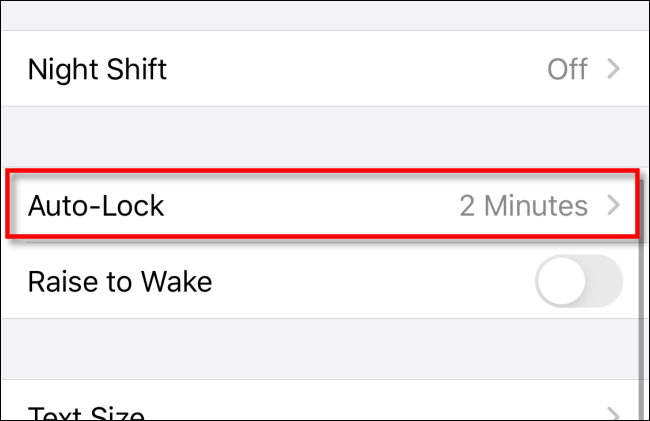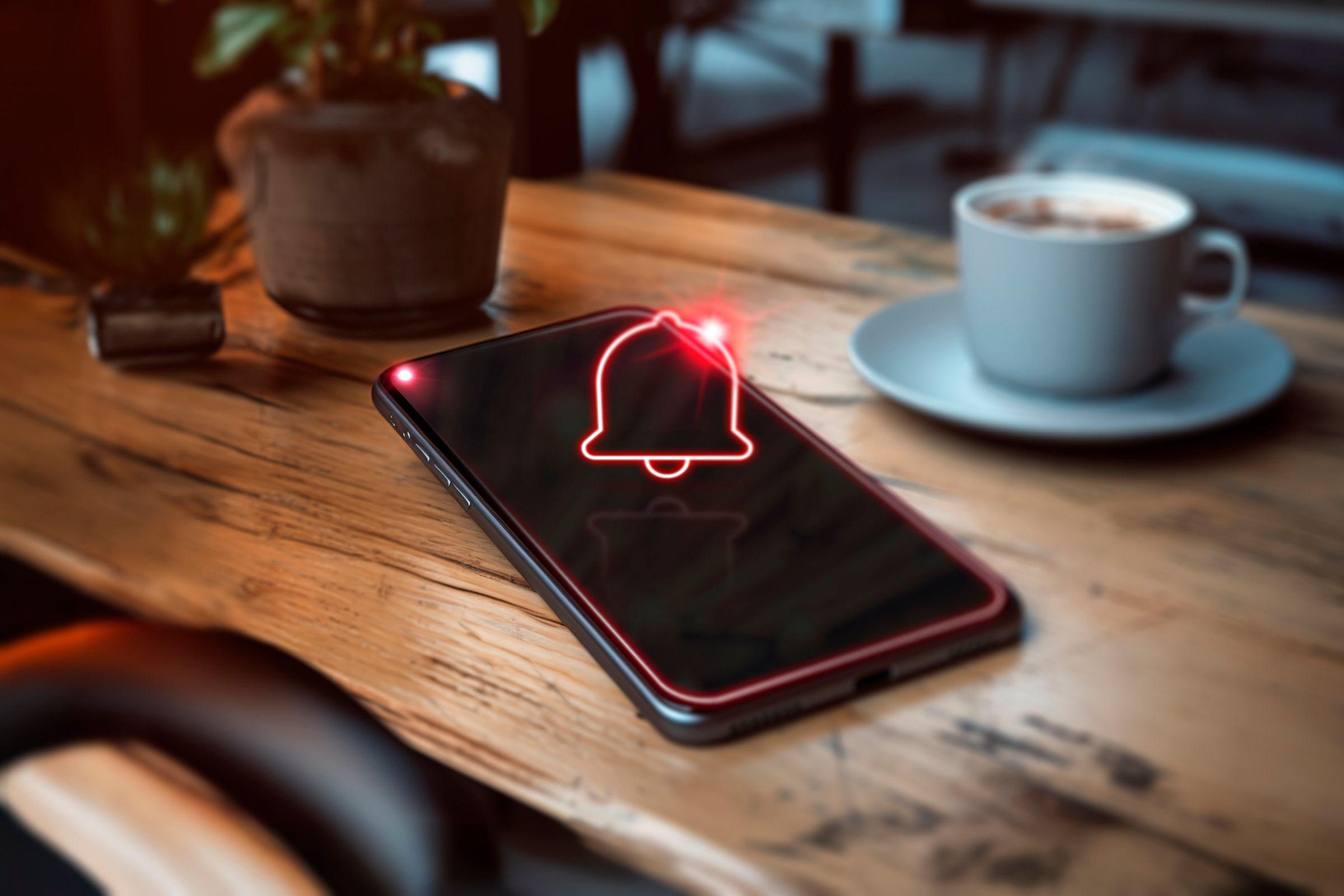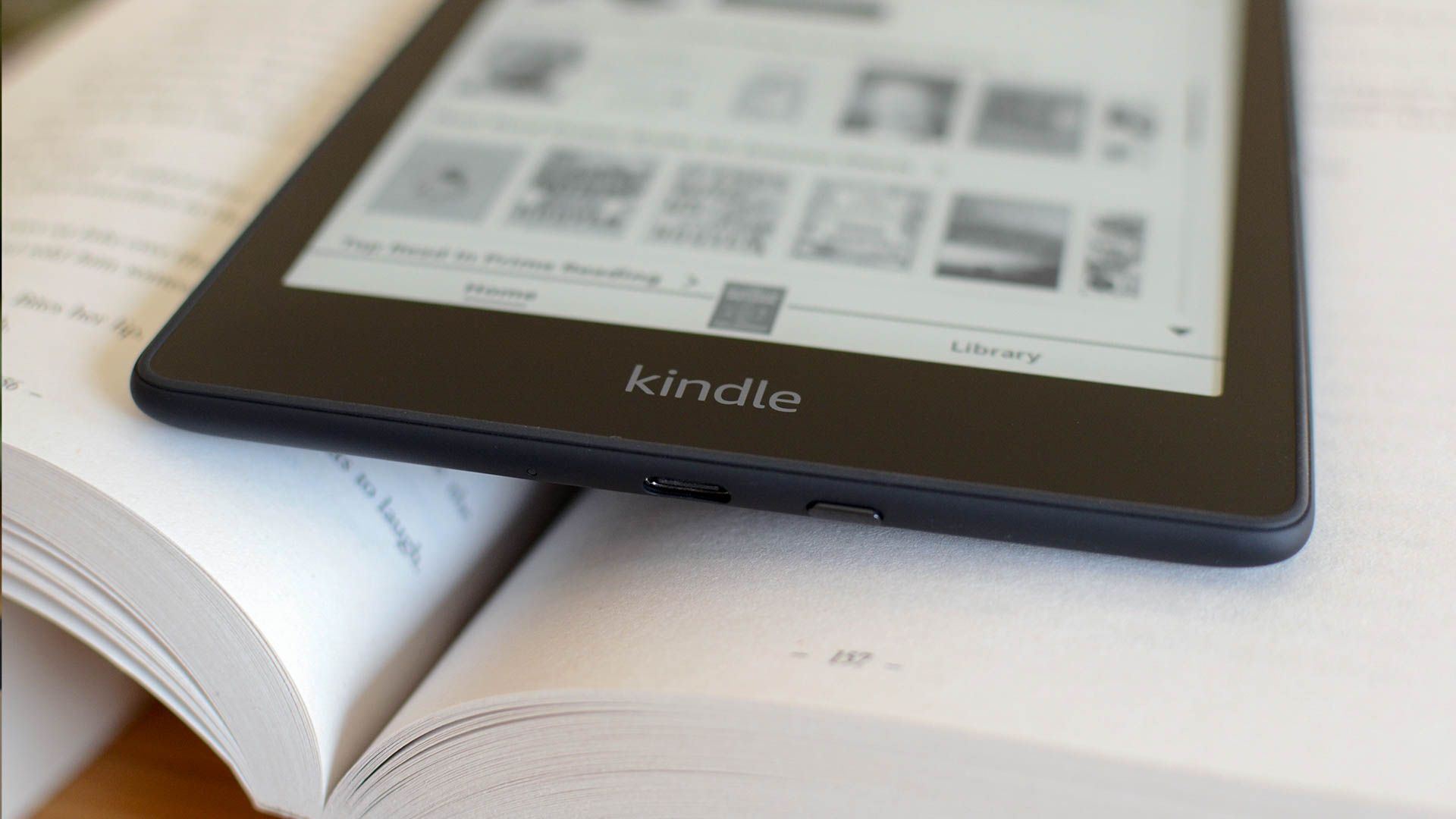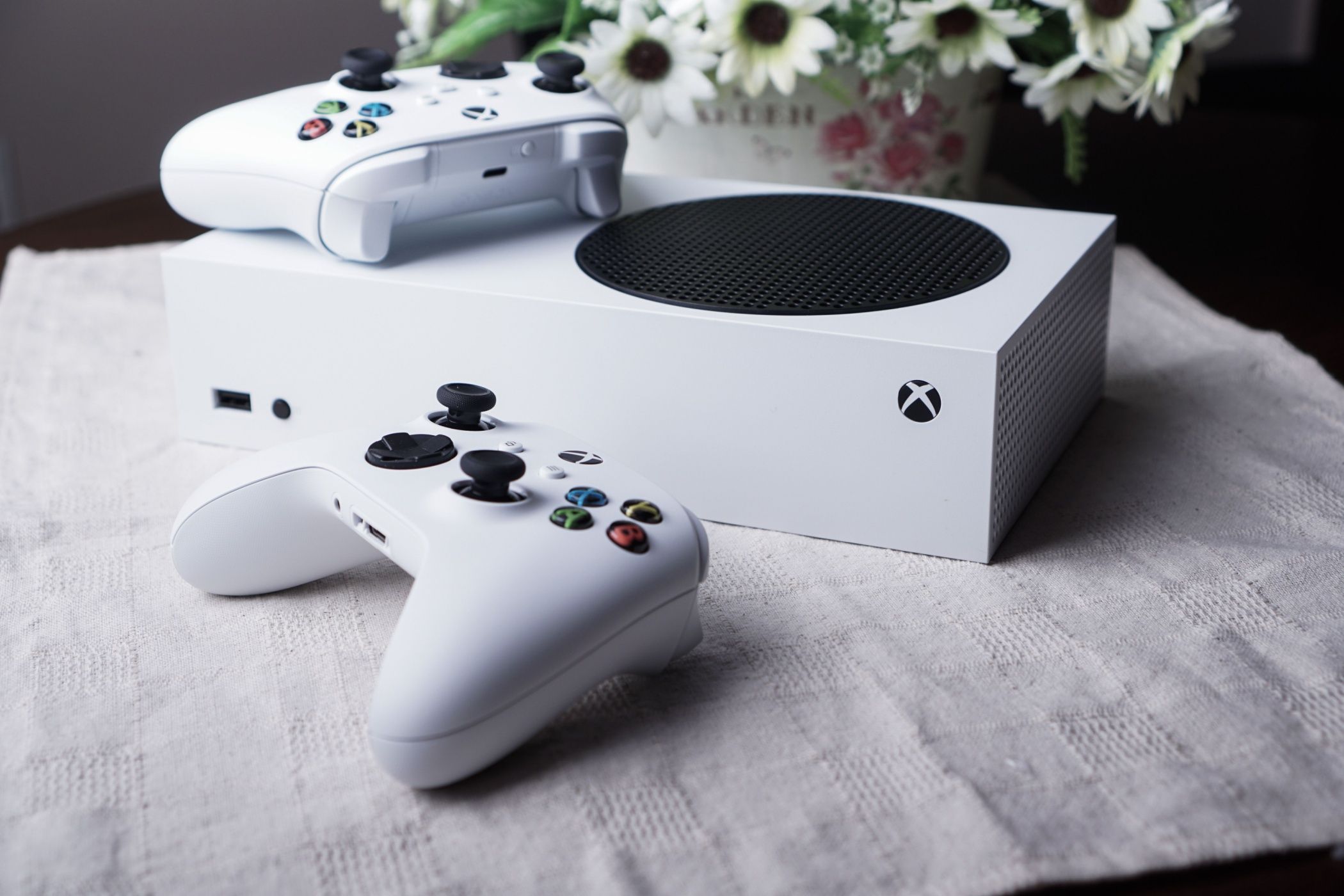The Easiest Way to Reduce Your Screen Time (and Turn Your Phone Into a Second Brain)
Quick Links
-
Smartphones Are Glorified Slot Machines
-
How I Cut My Phone Screen Time by 75%
-
I Dumbed Down My Smartphone
- I Got Rid of App Icons
- I Deleted Apps
- Told My Phone to Shut Up
- I Had to Use an App Blocker at First
- Made My Phone Black-and-White
- I Set Up a Faster Auto-lock
-
Reorganized My Mental and Physical Space
- Became More Mindful of Triggers
- Got Back Into a Hobby
- It Was Boring (At First)
Like many of us, I spend more time on my phone than I should, but it got out of hand a couple of months ago. Here’s what I did to regain control.
Smartphones Are Glorified Slot Machines
I got my first smartphone at 15, and if I lived to be 80, given the average of 3 hours of screen time daily, I would have spent more than 7 years on my phone. That’s 7 years spent just staring at a box!
During the holidays, my screen time hit alarming double-digits, and I was constantly checking my phone. That’s when my phone started to make me feel sick. I lost focus and flow because the phone had turned into an addiction. I’m sure you’ve also felt that vague agitation and brain fog that follows “doom-scrolling” reels and shorts. Maybe you’ve felt anxiety when you don’t have your phone on you or if its battery is about to die.
I had to do something to get back to normal.
The more I learned about dopamine loops, behavioral triggers, algorithms, and such, the more overwhelmed and hopeless I felt. I won’t go into the mechanics of it. The only thing we need to know is that these apps are purposefully designed to hijack our brain chemistry. The apps want us glued to our screens for as long as possible, even if the price is our brains turning to mush.
It’s all fascinating stuff, but I’m more interested in helping you change your relationship with your phone so it serves you, not the other way around.
How I Cut My Phone Screen Time by 75%
This situation sometimes feels hopeless, but it’s actually not. You can make a big dent in your screen time in just a week. In the last two months, I’ve managed to cut my screen time by almost 75%. Most of the time, I only use my phone to text. Since then, my screen usage went from 6–7 hours on average to 1–2 hours.
More importantly, I don’t waste hours mindlessly scrolling on my phone, and I don’t really feel the need to always have it on me. I can eat without staring at a screen (it actually got that bad). I had been struggling to read a single page at one point. Now I’ve gotten back into reading and finished two awesome books just last month.
I’d like to share my journey: what works and what doesn’t. I sincerely hope it can help you.
I Dumbed Down My Smartphone
We can come at the problem in two ways. First, we can make some changes to the phone itself so it becomes less appealing and “counter” its addictive design. Secondly, we can build a different relationship with the phone.
It sounds a little vague, but a smartphone can be an ally instead of a time suck. Start thinking of your phone as a second brain. In a way, it already is. You save your memories on it, save and access information, and use it to communicate. Ideally, your phone should be a reflection of how you want your mind to be. I want my mind to be clear, organized, and helpful, so my phone should be too. Happily, this part is easy-peasy.
I Got Rid of App Icons
Let’s try to counter the phone’s addictive design. The home screen is first on the chopping block. A lot of people recommend changing the launcher, and for good reason. The colorful icons trick us into mindlessly tapping on them. You start opening apps out of habit without even realizing it. And once you’ve opened an app, the flashy content takes over our brain machinery again.
The first thing I did was replace the home screen with a simple text-based launcher. Go to the App Store or Play Store and find a minimalist launcher. I use OLauncher on Android, but you can use any text-based launcher. As long as it strips the app icons and replaces them with simple text, it should be good enough.
It should also give you a very limited selection of apps you can keep pinned to the home screen. The limited slots will force you to keep only the most essential apps on there. Make sure you don’t put any social media apps here. Apps for messaging, note-taking, ebooks, making payments, and project management will fit nicely here. A notepad app or widget on the home screen is a great way to quickly capture tasks, events, and notes on the go.
Changing the launcher is a good first step, but it won’t be enough. Based on my experience, you can get used to this minimalist layout too. It takes longer, but eventually, you may end up mindlessly opening apps again. We also need to delete some apps.
I Deleted Apps
This step sounds trite, but it’s obvious for good reason. Your phone has built-in digital well-being features that let you check your screen time. Look into that usage to decide which apps get the ax. You can delete social media apps, YouTube, or perhaps video games. You can go into settings to disable pre-installed apps that can’t be removed.
The key is to resist the urge to reinstall the apps. You can always use social media apps on your computer like in the olden days.
Told My Phone to Shut Up
Push notifications that pop up on your home screen and lock screen are another way for these apps to pull you in. You wouldn’t feel the need to constantly check your phone if it’s not continually pinging. I suggest adjusting your notification settings or setting up Do Not Disturb. You can exclude certain people from the filter list so you don’t miss any important alerts or calls.
I Had to Use an App Blocker at First
If you’re still finding it difficult to put the phone down, you can block distracting apps and schedule focus windows.
Alternatively, you can install an aggressive app blocker on your phone. There are free tools you can install that either block specific apps from opening outside specific time windows or give you a 15-second cooldown period before opening a specified app. The cooldown period is supposed to help you take a step back and be mindful of the apps you’re launching.
Plus, these apps are pretty difficult to remove, which means you can’t just disable them on a whim and go about using your phone as usual. Flipd takes that concept to the extreme by locking you out of your phone and keeping you locked out even if you restart the phone.
I briefly used DigiPaws, which can specifically block Reels, comments, shorts, or entire apps. It has an “anti-uninstall” feature which doesn’t let you uninstall the app for three weeks once triggered. It also shows you stats like how many reels you watched in a day.
If you want even more detailed stats, check out StayFree. It’ll give you a comprehensive log of your screen usage (a lot more useful info than the default tool).
Made My Phone Black-and-White
Remember how your phone uses bright colors to hook and keep your attention? You can counter that by setting your phone to grayscale mode. Studies have shown that it can reduce your screen usage by almost 40 minutes a day. Coupled with a text-based black-and-white launcher, you can reclaim even more of your time.
If you’re on Android, look for “color correction” in your phone’s accessibility settings and toggle “Grayscale.” Alternatively, you can access Developer Options, scroll down to “Simulate Color Space,” and choose “Monochromacy.”
On iOS, you can find the grayscale filter in the accessibility settings.
I Set Up a Faster Auto-lock
Finally, you can set your phone’s screen to turn off after 15 seconds automatically. If the screen quickly switches off, you’re less likely to pick it up.
On Android, open Settings, go to “Display,” and change the “Screen Timeout” duration to 15 seconds.
On iOS, you can find the same under Display & Brightness > Adjust Auto-Lock. The shortest option on iOS is 30 seconds, though.
Reorganized My Mental and Physical Space
By recalibrating your phone’s default “slot machine” design to a helpful companion, you’ve already taken a huge step. Next, we want to (and this is key) make small changes in your routine, environment, and mindset. Don’t worry; it’s simpler than it sounds.
Became More Mindful of Triggers
Studies have shown that keeping exercise equipment visible in your space and workout gear easily accessible in your space makes you much more likely to exercise. If your phone is in your bag as opposed to your pocket, you’re less likely to check it. The same is true if it’s in the drawer of your desk, as opposed to your nightstand.
Technically, these are all “environmental cues.” Things in your environment can act as “triggers” for certain behaviors. You know your space best,t and where your phone sits in that space decides how much you’ll use it.
Basically, what I’m suggesting is that we keep our phone “out of sight” so it stays “out of mind.” You can put it in another room before you’re winding down for the night or keep it in the desk drawer when you’re working.
Got Back Into a Hobby
So we’ve put our phones away. What do we do with our freshly liberated time? At first, you will be bored because you don’t have your phone to keep you occupied. Ever notice how we never feel bored anymore?
I suggest picking up an offline hobby that will keep you engaged and restore your focus. You can take up drawing, reading, journaling, scrapbooking, woodworking, wood carving, baking, yoga, stargazing, learning an instrument, or board games with friends. A lot of doors will be available to you, and you get to choose.
Some people swear by journaling, which is worth exploring. I picked reading. Regardless of the habit or activity you choose, the same principle applies—pay attention to the cues. If you’re journaling, keep the notebook and pencil handy. Better yet get a pocket notebook and keep that in your pocket instead of your phone. If you picked reading, keep your Kindle or the book you’re reading on your desk or in your bag.
It Was Boring (At First)
Expect to feel some resistance and boredom at first, though. I think the mild discomfort is unavoidable, but we’ll power through it. When I first started, I couldn’t focus deeply for more than a minute. My mind was always scattered, and I just didn’t feel that same “pull” to come back to the book that I did for my phone. Stick with it because, eventually, you’ll start feeling it.
You might also fall back into old patterns. If you do, it helps to remember that it’s not a personal failing but speaks to the heavily addictive nature of this technology. Besides, we can just resume our journey despite any setbacks.
Once I finished my first book of the year (How the Penguins Saved Veronica by Hazel Prio), it felt like a switch flipped in my mind. I started feeling excited to read in my spare time and even developed a distaste for scrolling on my phone. I wanted to read more. I felt my focus restored, and my mind cleared up. It has since become much easier to write and work on my projects.
I know we’ve all come to hate our phones because (almost) all of us would like to spend less time on our phones. The good news is you can do exactly that, and some small changes can make a big difference. Good luck!








